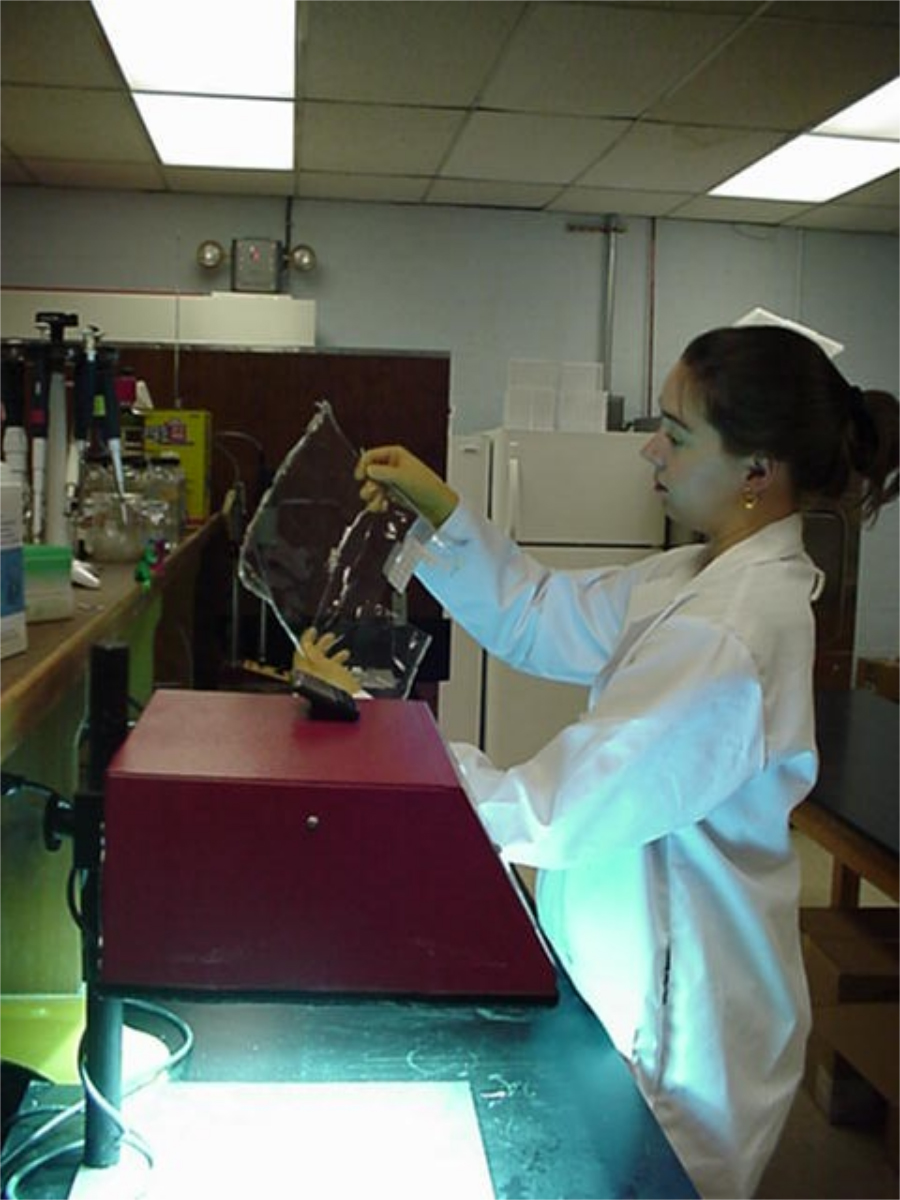Dr Kay Cooksey, Professor and Cryovac Chair at Clemson University, shares the potential of antimicrobial food packaging in mitigating microbial growth and the obstacles that have hindered the development of commercially available products thus far
Antimicrobial packaging is a segment of active packaging. The classical definition of active packaging is a package that senses the presence of something changing in the package and reacts to mitigate or affect the change. A good example is oxygen scavenging sachets that sense the presence of oxygen and use scavenger technology (iron powder is common) and can preferentially scavenge oxygen away from food.
Antimicrobial packaging is similar in that it detects the presence of bacteria, yeast, or mold and either prevents it from growing or damages the microorganisms to the point that they cannot grow without optimal conditions. Research on antimicrobial packaging has been ongoing for over 40 years, yet there are few commercially available products. Those that are commercially available are currently in niche markets.
Challenges facing the commercialization of antimicrobial packaging
Antimicrobial packaging is widely studied but can face issues related to effectiveness, production capabilities, regulatory challenges, legal liability claims, sensory effects on the product, consumer acceptability, and costs when scaled up. Making effective materials in a laboratory setting is possible, but the success rate decreases dramatically when implementing them for large-scale use.
In our laboratory, we have been fortunate to study antimicrobial food packaging for 30 years. We have experienced many of the challenges and overcome a few. For example, nisin is a polypeptide with natural antimicrobial activity against gram- positive microorganisms. This food additive is considered safe (GRAS) in the United States.
Our initial experiments started with small batches to find out the minimum concentration of nisin that was effective for inhibition of Listeria monocytogenes in a culture, then worked our way to incorporate it into a coating, measuring its release from the coating and finally coating the solution onto packaging film for use in hot dog packaging.
An important part of the development process was finding out how the efficacy of nisin changed when incorporated into the film coating and then when applied to food packaging. In our most recent work with nisin, we used a flexographic press to apply a nisin-containing coating onto packaging film and test it against spoilage bacteria in Turkey Bologna and paper-based material. One important consideration is cost. We could reduce the cost and still have an effective film, but it was too costly for commodity-priced products and only marketable for value-added products.
Before claiming that an antimicrobial material could be effective for use in food packaging, it is important to carefully consider how each step in the development process will affect the commercial use of the material. Otherwise, it can be an interesting lab phenomenon that the industry cannot use.

Nisin is an example of a solid material that is expected to release and directly impact the food, thus requiring that it be regulated as a food additive. Other antimicrobial treatments may be considered processing aid and may not be regulated by additive or label requirements. It is important to consider the regulatory status that material may have in the development process.
Furthermore, what type of claim would be made about the material may also affect the application of regulations. Suppose the material claims to prevent pathogens from growing in food versus spoilage prevention or shelf-life extension. In that case, it can affect the legal claims that could be made against the material if it did not perform as advertised and marketed.
Antimicrobial properties of chlorine dioxide
We have worked with a wide range of antimicrobial materials in our lab, and one that has shown great promise is chlorine dioxide as a sachet rather than a one-time treatment with a generator. Chlorine dioxide can be used for bulk treatment and in-pack or refrigerator hydrator drawers. It can be designed to release fast or slow and has no negative effects on fresh produce’s taste, color, or maturation.
We have used it on tomatoes, strawberries, and mixed produce with high acceptability scores from sensory panelists. Chlorine dioxide in a vapor form can reach areas of fresh produce that are difficult for liquid antimicrobial agents to reach. For example, it can reach the crevices on the surface of cantaloupe, the stem scar of tomatoes, and the calyx of strawberries, where resistant bacteria can reside.
In addition, chlorine dioxide’s mechanism of action on bacteria is such that it destroys microorganisms, preventing future antimicrobial adaption from becoming resistant to the treatment where other antimicrobials can injure microorganisms, allowing them to recover and grow over time.
The future of antimicrobial food packaging
Overall, antimicrobial food packaging has had a small role in the commercial market but may be used for more commodity-based products with time. Depending on how it is used, it could help reduce food waste in bulk shipments or possibly at the retail package level. It should not be considered a substitute for good hygiene and manufacturing processes but an additional hurdle against microbial growth.
It should also not impact the sustainability of the packaging material regarding recyclability or degradability. Like many others, our lab has been working to improve the technology for antimicrobial packaging, and with collaboration from scientists with different areas of expertise, it will continue to improve. It is hoped that someday these improvements will be enjoyed by consumers without additional cost or inconvenience to environmental initiatives.

This work is licensed under Creative Commons Attribution-NonCommercial-NoDerivatives 4.0 International.


